Deck & Commander Strategies
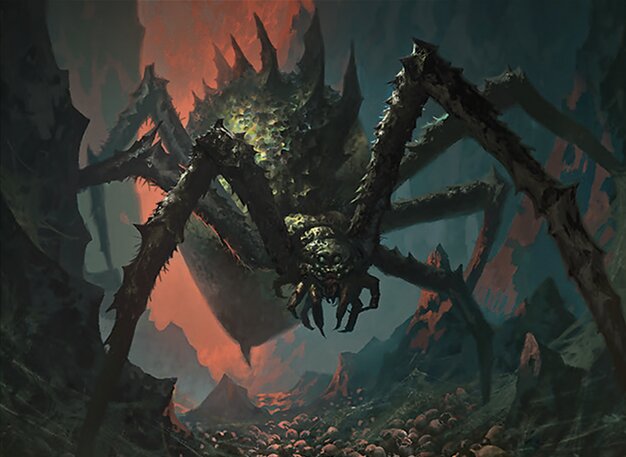
Shelob, Child of Ungoliant
Focuses on creating spider tokens and leveraging food token synergies to gain incremental life and board presence, aiming to overwhelm opponents with a swarm backed by life gain and damage effects.
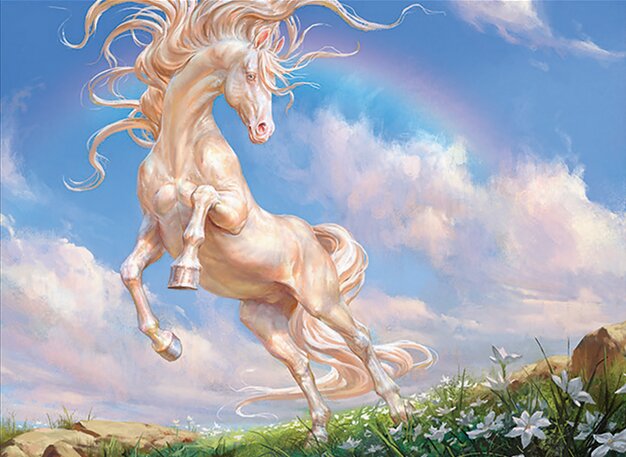
Shadowfax, Lord of Horses
Utilizes horse tribal synergies and ramp spells to accelerate mana and deploy powerful horses, aiming to capitalize on tribal bonuses and strong creatures to control the board.
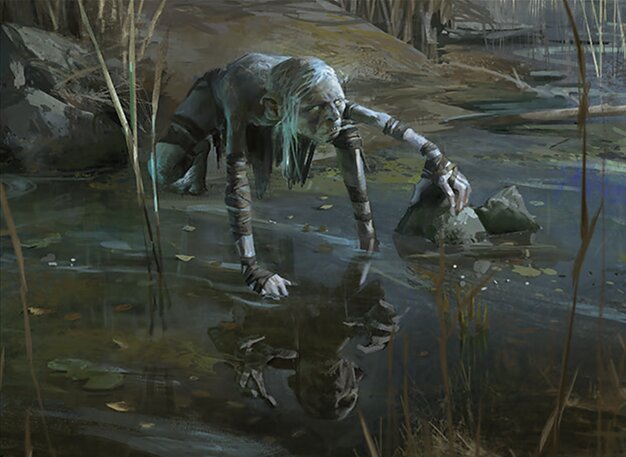
Gollum, Obsessed Stalker
Applies incremental direct damage and disruption through Gollum’s ability, pressuring opponents while leveraging aggressive plays and resource denial to wear down the table.
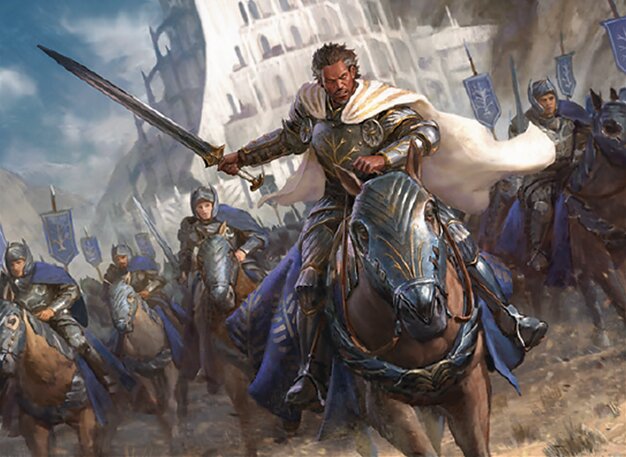
Aragorn, the Uniter
Plays a wide board of creatures combined with charms and combat tricks to unify allies for large attacks, focusing on overwhelming opponents through teamwork and efficient removal.
Gameplay Insights
- 1
Shelob’s player used food tokens and life gain effects to create a sustainable board presence that could pressure opponents over time.
- 2
Shadowfax's ramp and mana acceleration were crucial, but the player expressed uncertainty about horse tribal synergy effectiveness, highlighting the challenge of niche tribal strategies.
- 3
Gollum’s incremental damage through commander attacks kept opponents on edge, emphasizing pressure and disruption over board dominance.
- 4
Aragorn’s wide board strategy combined with combat tricks aimed to unify and overwhelm, but opponents targeted him early to prevent his ability from becoming too impactful.
- 5
Players made good use of protective equipment like Swiftfoot Boots to safeguard key commanders from removal and combat damage.
- 6
The interaction around Shieldred’s card draw punishment ability synergized well with Shelob’s spider tokens, creating a potent life-drain engine that pressured opponents each turn.
Notable Cards
-

Shelob, Child of Ungoliant
-

Shadowfax, Lord of Horses
-

Gollum, Obsessed Stalker
-

Aragorn, the Uniter
-
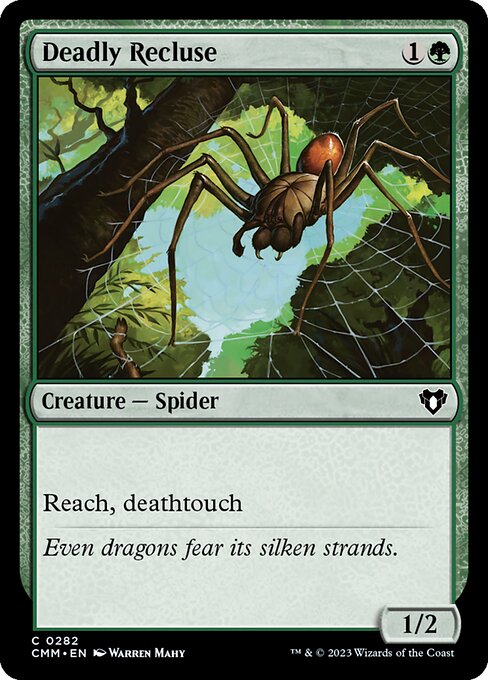
Deadly Recluse
-

Swiftfoot Boots
-

Talisman of Conviction
-

Talisman of Creativity
-
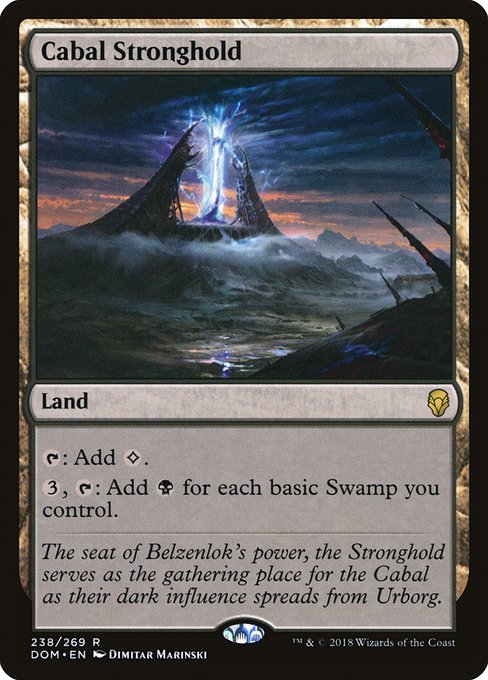
Cabal Stronghold
-
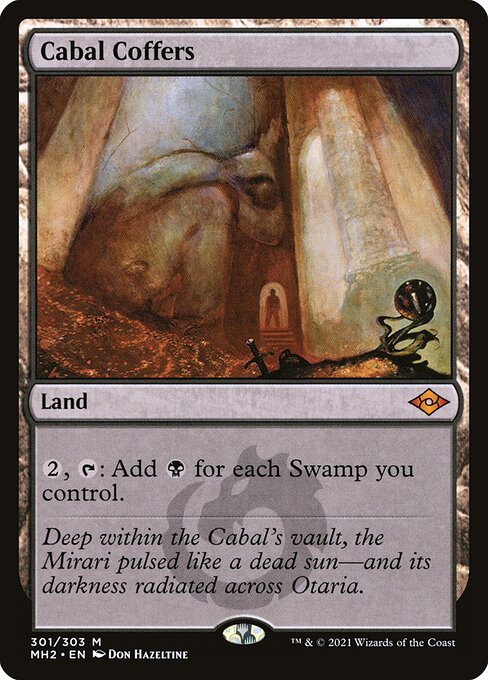
Cabal Coffers
-

Castle Ardenvale
Gameplay Summary
The game began with each player setting up their board state, focusing on ramp and early plays aligned with their commanders' themes.
Shelob, Child of Ungoliant quickly established a spider-centric strategy with food token synergies, aiming to generate board presence and incremental value.
Shadowfax, Lord of Horses ramped into mana and sought to leverage horse tribal synergies, although the player was uncertain about the deck's power level early on.
Gollum, Obsessed Stalker played aggressively, aiming to disrupt opponents by dealing incremental damage and applying pressure with a unique, obsessive-stalker style approach.
Aragorn, the Uniter deployed a wide board strategy, playing multiple creatures and charms to overwhelm opponents and unify their forces for large attacks.
Early turns saw players developing their mana bases and deploying utility creatures like Deadly Recluse and playing key artifacts such as Swiftfoot Boots and various Talismans to protect their commanders and accelerate their game plans. As the midgame unfolded, the spiders deck started to gain traction with life gain and damage from incremental effects, leveraging cards like Shieldred's presence to punish card draws and fuel the spider swarm.
Shadowfax continued to ramp but struggled to find impactful horse synergies immediately.
Gollum maintained pressure with incremental damage and disruption, while Aragorn tried to maximize his wide board potential.
The game featured moments of tension with players targeting key creatures, including attempts to neutralize Aragorn’s unifying presence.
The spiders deck’s ability to generate tokens and drain life emerged as a significant threat, forcing opponents to respond carefully.
The gameplay demonstrated a mix of aggressive and synergistic strategies, with incremental damage and life manipulation playing critical roles in the board state development and combat phases.

































